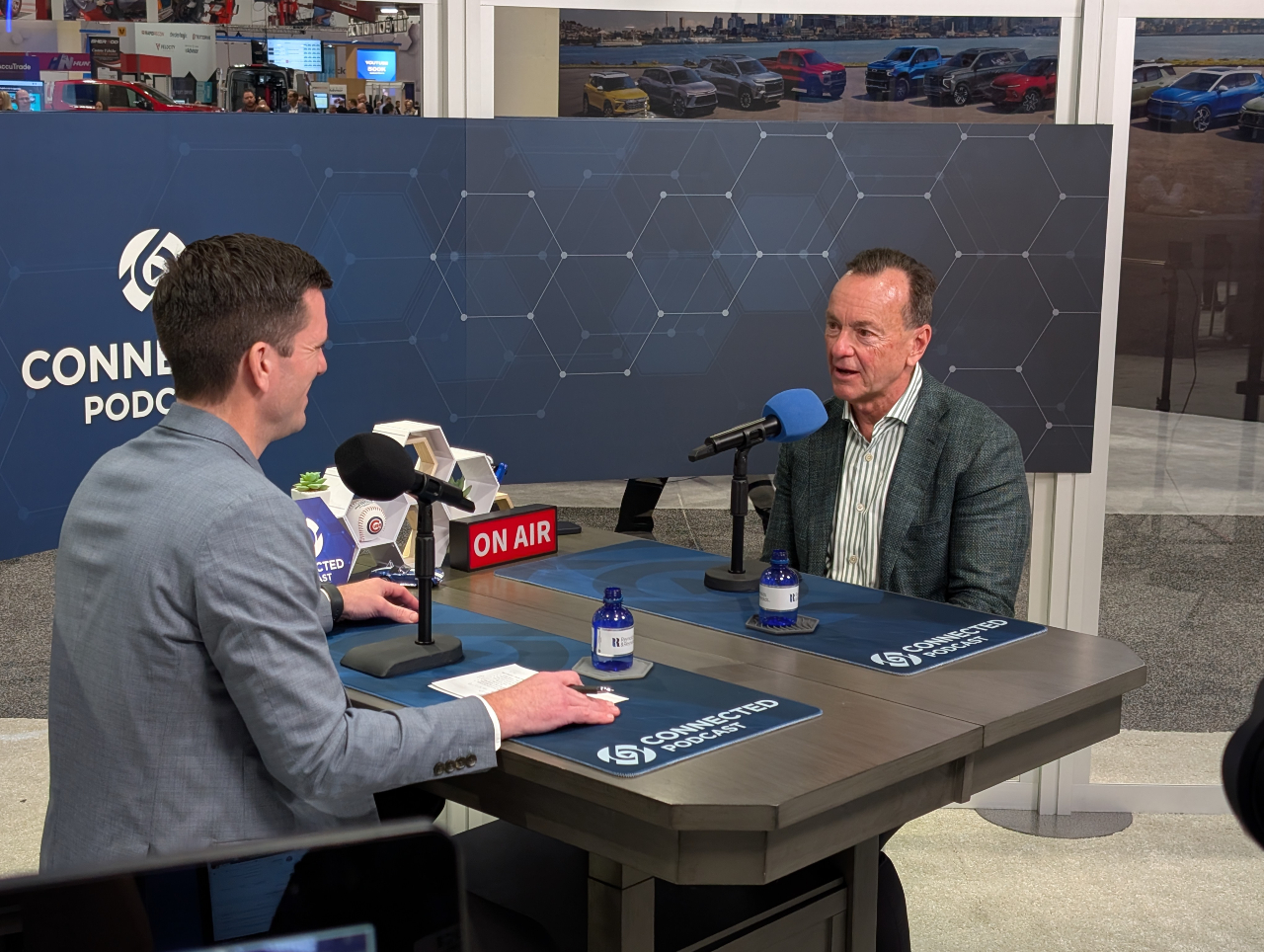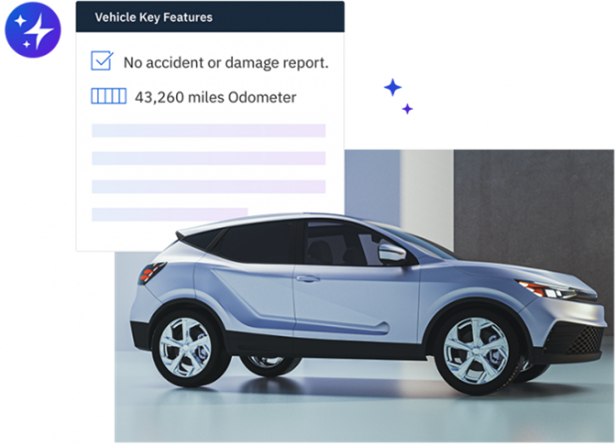All Revenue is Not Created Equal

Article Highlights:
- If you only work to improve revenue, you'll miss out on profits elsewhere
- Preserve more of what counts: money in your pocket.
If you pick up a report listing the most successful dealerships nationwide, nearly each one would identify success based on revenue. When I sit down with a general manager and ask how they’re doing, the first thing they say to me is almost always, “we sold X dollars of cars this month!” I look at the whiteboard and see a revenue target, a count of how many cars were sold and maybe – just maybe – a gross profit figure mentioned somewhere.
Revenue as a whole is overrated. At first glance this comment is going to be met with eye rolling and a sigh because, “everyone knows it”. However, it is a core issue that must be addressed. A dealer will only improve what they measure.
Revenues are up at dealerships across the board, but the cause for concern is in diminished vehicle margins. When profitability is purely coming from increased volume it is more important than ever to measure margins.
Without revenue, it is impossible to have profit. But, revenue itself doesn’t pay employees, owners, or provide for expansion. In fact, even gross profit isn’t the ideal target of an automotive dealership. Gross profit is only taking into account the cost of goods sold. Rather, net profit is what matters; taking all the revenue and subtracting all expenses.
Each dealership should ask themselves this: would I rather have $60 million dollars in revenue and be published as a top dealer in the nation, with $120,000 in net profit? Or, would I rather see $30 million dollars in revenue, still be recognized as a dealer leader, and walk home with $260,000 in net profit?
Many of the top volume dealers in the nation see tremendous revenues in extremely low margin products and operations, but neglect high margin profit segments, such as F&I offices and fixed operations. Dealerships consumed with revenues treat them all the same, focusing on quantity over quality.
Aftermarket accessories are something that frequently gets overlooked in a dealership. Few dealerships recognize the potential for dealership-wide profit accessories can offer. Take a spoiler for example. Traditionally, a $750 spoiler may net only $120. On the other hand, a $550 F&I product offers $149 in gross to the F&I office. This makes the spoiler seem like a second-tier sell. However, at the enterprise level, a $750 spoiler may only net $120 in the F&I office, but the $630 cost isn’t going to an outside company; it’s going to the service department. After $220 installation and paint (at a profit of $170 to the service department), the $410 service department cost goes to parts. Parts has a $196.80 cost on the product, netting $213.20.
From a comprehensive level, which is more appealing: (A) an F&I product which offers $149 to the dealership or (B) a spoiler which offers $503.20 to the dealership?
In a study of aftermarket accessories, the comprehensive profit margin averaged 57% and could be as high as 88.2%. Compare this to F&I products such as extended service contracts which average only 45%.
From this viewpoint, it’s evident dealerships make the most of what’s important when looking at how much of the revenues flow into net profit. When focusing on profit as opposed to revenue, dealerships can preserve much more of what counts at the end of the day: what goes into their pockets.
Want to learn more about creating a new profit center in your dealership with accessories? Download our latest accessories trend report.
Related Articles:

The Future of Variable Ops with Experts at NADA 2025
Explore how AI is transforming variable operations in automotive retailing with insights from NADA 2025. Learn about efficiency, profitability, and fraud prevention from industry leaders.

Decision made regarding the Vehicle Shopping Rule – now what?
Check out five key takeaways from the Vehicle Shopping Rule to keep your dealership safe from FTC enforcement actions.

3 Ways AI Can Elevate Your Dealership’s Online Inventory
On average, Americans are exposed to between 4,000 and 10,000 advertisements every day. From commercials on TV to billboards on your way to work, all…

The Pizza Playbook – What Ordering Pizza Teaches Us About F&I
For as long as I can remember, my family had “pizza night” every week. Without fail, every Friday evening we’d all gather around the computer…















